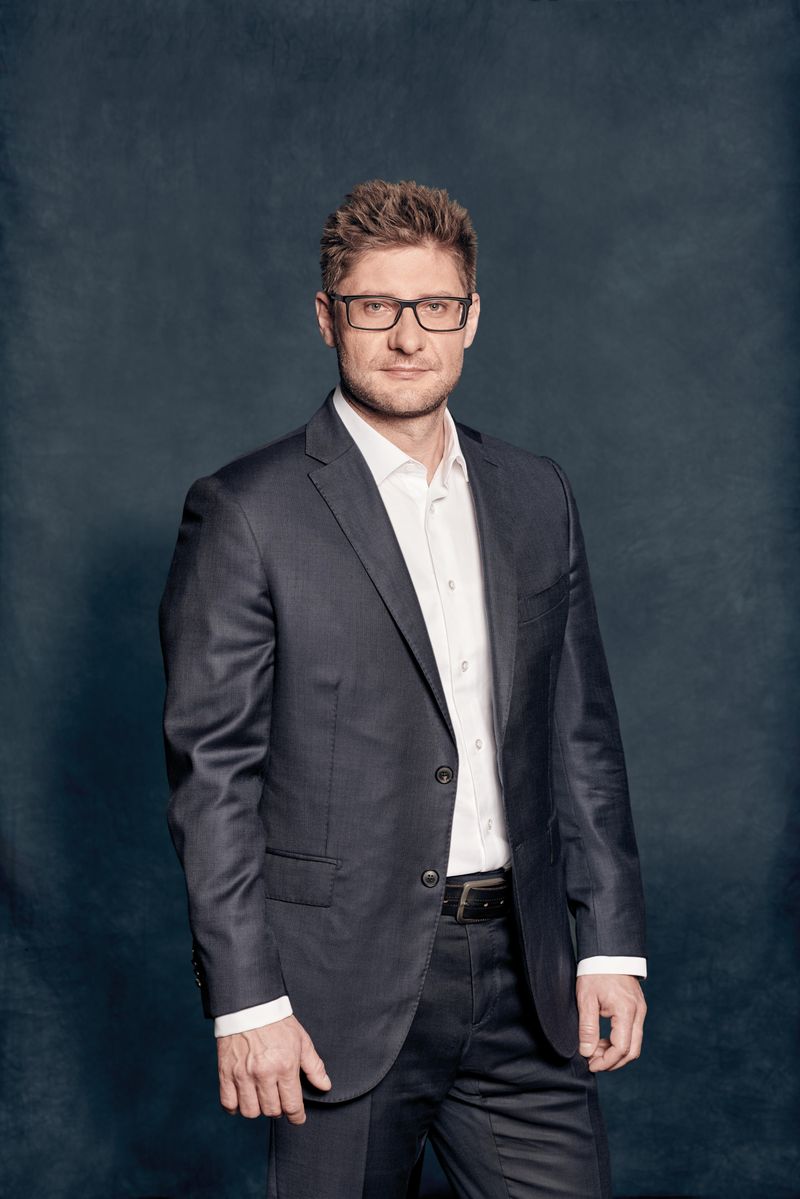Just a few days away from our 0100 Conference CEE, we had the opportunity to sit down with Marek Malik, Partner and Member of the Board of Directors at Jet Investment, a Czech-based, Central European private equity investment company founded in 1997.
Marek will be sharing the stage with Roland Dennert from Cipio Partners, Brian Wardrop from ARX Equity Partners, Agnieszka Pakulska from Avallon MBO, and Michal Rybovic from Slovak private equity firm Sandberg Capital at the panel “CEE Buyout & Growth Markets” moderated by Jan Zidek, Senior Associate at DLA Piper.
In our conversation, Marek provided us with invaluable insights into the current trends shaping the buyout and growth market in the Central and Eastern European (CEE) region, as well as the emerging sectors ripe for investment.

What are the current trends shaping the buyout and growth market in the CEE region, and how do they compare to global market trends?
The M&A market has recently picked up globally and it shows here in Central Europe as well. (Not Central and Eastern, because the Eastern part is rather quiet for obvious reasons). Over the last year, we have seen increased activity from global PE firms here in the region, as there have been several significant deals in the Czech Republic and Poland. The Polish economy is also growing significantly faster than our Western neighbors. Our countries have demonstrated a strong commitment to the European Union and NATO by being leaders or giving instructions to resolve the complex situation in Ukraine. This, combined with deep know-how and skills, especially in the industrial sector, as the region supplies a significant share of European industrial output together with an attractive cost structure, makes the region very attractive, and highly likely to outperform the rest of Europe.
From your specialty industries: general engineering, energy engineering, mobility, construction, specialty and bio-chemicals, wood processing, advanced materials, industrial waste processing and recycling, food industry, which ones will be taking the lead in the next 12 months?
Well, 12 months is a bit short, we invest for 6-7 years. I believe there will be interesting niche sub-sectors offering extraordinary growth in each of the above industries. Choosing the right companies is a task and perhaps the know-how of Jet investment. In our previous fund, we saw an extraordinary opportunity in energy transformation. Energy demand will increase, and more decentralized and green solutions will be demanded and also supported by the Green Deal. This is an industry we believe in and expect to grow globally for the next decade. We also see a great opportunity in the construction industry, especially in the part that supports the energy efficiency of buildings in Europe or advanced materials to support energy savings in various products or industries. Within the mobility sector, the rail industry must do well, especially in Poland. We also believe that after 5 years of deterioration, the automotive sector may be starting to stabilize and pick up nicely due to OEMs being in favor of combustion engines in the upcoming period, although there are still many uncertainties about the long-term direction of this industry. We see a demand related to the processing and recycling of industrial waste, especially in waste-to-X solutions. A lot will also depend on the outcome of the European Parliament elections.
Are any emerging sectors or industries within the CEE region particularly ripe for buyout or growth investment worth Jet Investment to explore?
There are many. One project that we recently launched is Polimex Energo, a joint venture between our portfolio company TEDOM and Poland's Polimex Mostostal, to address the need to decarbonize the heating industry in Poland. We will replace old coal-fired thermal power plants with gas-fired cogeneration units, one of the most efficient energy-producing devices, with a combined efficiency of heat and electricity production exceeding 90%. In addition to the heat, we or our clients will also supply electricity to the grid, which is not the case currently. By using sources that are controllable, it will be used not only for base load but also for power regulation services. CO2 emissions from these sources are lower compared to coal by approx. 70-75%, and in the case of circular or biogases or solutions combined with heat pumps or hydrogen solutions, by even more.
How has the level of interest from Western European private equity firms in major deals within the CEE region evolved in recent years, and what factors are driving this interest?
As already mentioned, Western European and American private equity firms have increased their activity in the region, especially in the Czech Republic and Poland. It is therefore more about Central Europe (CE) than the eastern part of Central and Eastern Europe. We believe this is the case because the region offers a unique opportunity in the form of great know-how, skilled labor, and comparatively lower production costs, but at the same time good economic and political stability. In particular, the region has demonstrated economic growth and political stability already over the past two decades. The GDP per capita measured by purchasing power parity of both countries is between 70 and 80 percent of Germany or Austria and will continue leveling off in the future. Trade across the region including Germany and Austria is well established, but businesses are still fragmented. There are plenty of firms to be repositioned, combined between the western and the eastern part of the region, etc. Global private equity firms have already spotted this opportunity, but I must admit that Western LPs are still a bit too cautious. I would also like to emphasize that local or regional expertise, i.e. local regional private equity firms, local business network, and reputation, are essential to unlock and properly grow the investment opportunities in the region.
How do regulatory or economic factors in the CEE region impact the landscape for private equity investment, and what strategies are firms employing to navigate these challenges and capitalize on opportunities?
To be honest, the Czech Republic, Poland, and Slovakia as EU members have relatively harmonized regulations with that of the EU. We do not see any major obstacles to the business of private equity firms or their investments in this region. Local HNWI investors prefer local investment fund structures, however, funds established in known jurisdictions like Luxembourg, Netherlands etc. are also used. International institutional capital prefers globally known jurisdictions such as Lux in order to minimize costs and admin associated with the investment. Capital markets and banking sector are developed at least to a level comparable to other Western European countries. The banking sector in particular has been always very well-capitalized and resistant to external shocks.
What are the key factors contributing to the attractiveness of the CEE region for private equity investment?
Thank you. Good question to wrap up. We believe in further strong growth of Central European economies such as the Czech Republic, Poland and Slovakia. These countries have a fantastic geographical position within Europe, are all proud members of the EU and NATO, economically and politically stable, with a culture very close to Western countries. The region has built strong trade relations worldwide. Local businesses are fairly fragmented with highly favorable cost structures relative to other European countries. We believe that this combination gives businesses from Central Europe a perfect starting position to become European or global business leaders.

